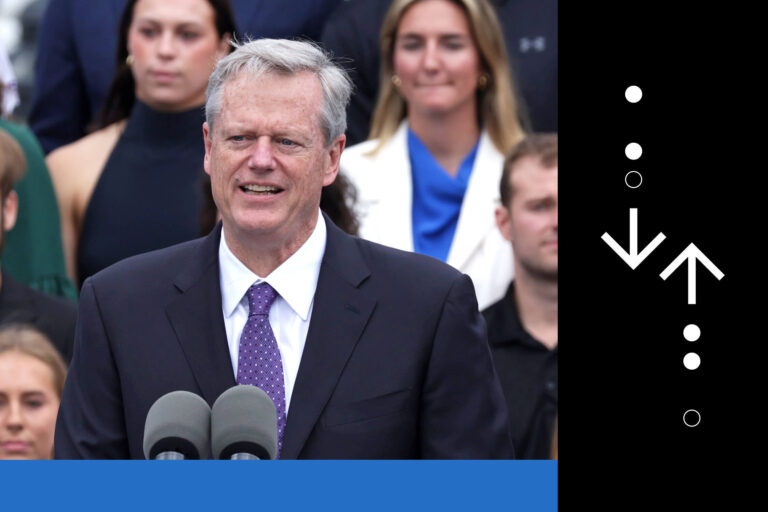Dear NCAA, Greg Sankey, Tony Petitti, and everyone else running college sports these days:
postscript. We, people from all over the world who are interested in common-sense solutions, solutions that won't be reversed in court, bring you ideas.
As the football transfer portal opens for the spring, we bring it to you. The basketball portal window is already open. And we know we're already hearing from upset coaches. They're angry about the investment lost, the players they signed, the focus of their time and money, and now they're leaving elsewhere. Probably to cash out. Well, almost certainly to cash out.
I wish there was a way to earn cash by staying. Ah, but that might be the case. It's a completely unconventional, legal and regulated method that won't stop everyone from leaving, but it will stop you enough to make roster management a somewhat decent experience.
No, this is not another plea to make athletes employees, sign contracts, form unions, and negotiate collective bargaining agreements. Even if it's inevitable, it's clear you're not there yet. Let's put that aside for now.

Free daily sports updates delivered straight to your inbox.sign up
Free daily sports updates delivered straight to your inbox.sign up
buy
But whether you like it or not, another idea seems imminent: revenue sharing. NCAA President Charlie Baker has suggested it in some form. Nick Saban supported revenue sharing, even as he detailed what happened to his name, image, likeness and portal. Beyond scholarships, attendance fees, and payments to Alston, the amount schools pay directly to their players, which is already significant at some schools, ranges from $20,000 to $50,000 per player per year. However, it is still only a fraction of the millions of yen. The amount of money many schools receive from television funds and donations.
Many athletic directors are already planning for it. They are secretly putting money aside in future budgets. Maybe $10 million a year, maybe he makes $15 million, maybe more. But they know it's coming. And they welcome it because it will relieve pressure from a group that has been dealing with donor fatigue for some time.

Rewarding loyalty through revenue sharing could help address the turmoil facing SEC Commissioner Greg Sankey and other commissioners in college sports. (Christopher Hannewinkel/USA Today)
They know it's coming. I know it's coming. And while you're at it, here are some ideas to help coaches with the transfer portal. It's about rewarding loyalty. The longer an athlete stays in school, the more money they can earn.
Let's say you're a football player and your revenue sharing payments from your school are $50,000 a year. This is just an estimate, but a reasonable starting point. For a full soccer team of 85 players, the total amount could be up to $4.25 million. Also, football scholarships typically account for about a third of an athletic department's scholarships, so the athletic director is starting to approach his $10 million to $15 million.
Please also note that this does not include money from outside of NIL (commercials, endorsements, autograph sessions, etc.), stipends, attendance fees, or payments to Alston. This will cost him $50,000 in all of this plus the organization's money, but it will replace many of the payments the organization currently makes.
So for a freshman, that's $50,000 a year. But that's the starting point.
If a football player stays for a second year, his salary increases. Maybe up to $75,000? And if he stays into his junior year, that number will go up again, perhaps to $100,000? and so on.
This does not prevent top players from transferring. They are the most marketable. But that could hold back other players, such as impatient players or future starters who need time to develop. It will calm the waves. And if the $50,000 starting point is too low and the $25,000 escalator is too low, raise it. These are numbers given to give you an idea so you can understand what you need to accomplish your goals.

even deeper
Emerson: What Nick Saban is wrong and right about the NIL debate
What about a player who needs to leave due to playing time, personal reasons, a coaching change, etc., but doesn't want to sacrifice the extra $25,000 (or whatever) he gets to stay? If there is a coaching change or if the coach or university allows the player to leave, there may be a waiver process in which loyalty rewards will automatically travel. Yes, it can be a pain in some situations. We all remember the old waiver process when players would hire lawyers and talk about sick family members. But the stakes are higher there and you'll be able to play right away, but for $25,000 a year you'd hope things didn't get messy, especially if you can make it up in groups.

even deeper
'My frustration is with the system': Why some fans are resisting donating to the NIL Collective
Complications may occur. This is not a perfect proposal. At this point, you probably have nothing but to go the Employee Agreement – CBA route. We'll get there someday, but not today.

even deeper
Emerson: Going the employee route may be the only way the NCAA can set its own rules.
However, this is an idea you should embrace. Revenue sharing is coming. Part of that may be rewarding loyalty. If it doesn't work well, please tweak it. Please do something to reduce the current portal clutter. That's not good for the coaches, it's not good for the sport, and it's not good for the fans who are trying to figure out the roster. Allowing players to use portals to earn more money is a good thing unless there is a built-in way for players to profit from staying.
Players have the freedom to withdraw. The team can give them something to think about. The longer a player stays, the more they are paid.
Reward loyalty.
Editor's note: This is part of a series of stories examining the transfer portal, the NIL, and its impact on college sports. The spring football transfer portal window will be open from April 16th to 30th. Read all Transfer Portal stories here.
(Top photo of Charlie Baker: Alex Wong / Getty Images)

